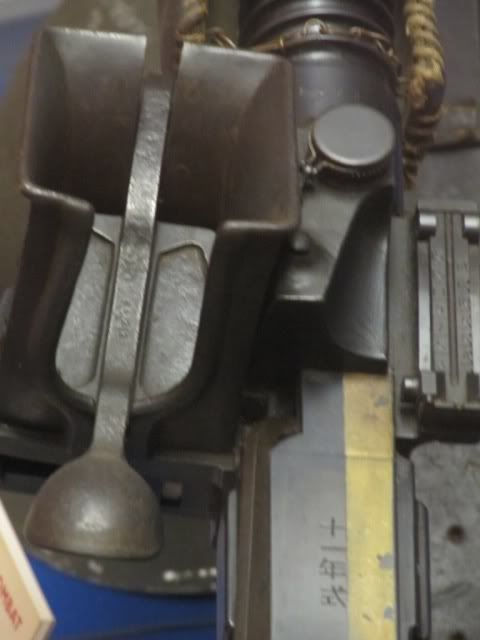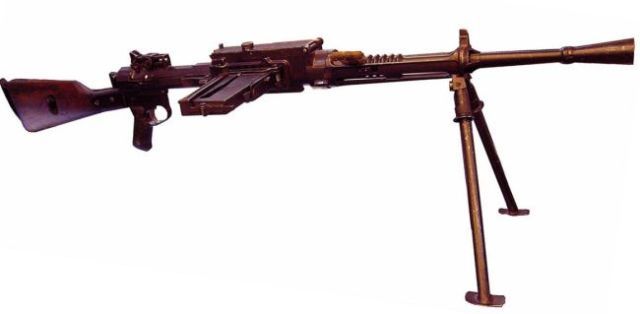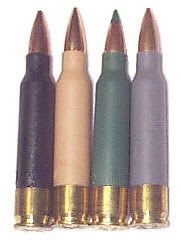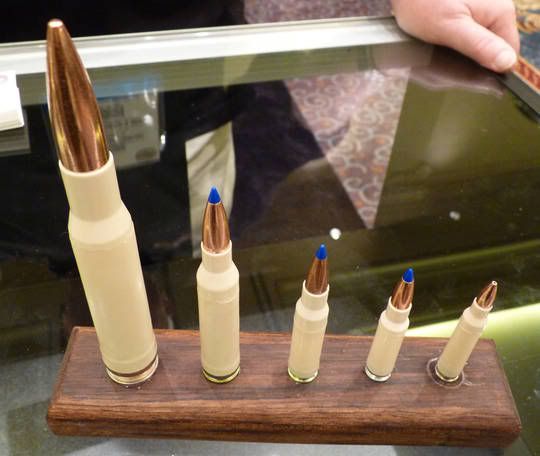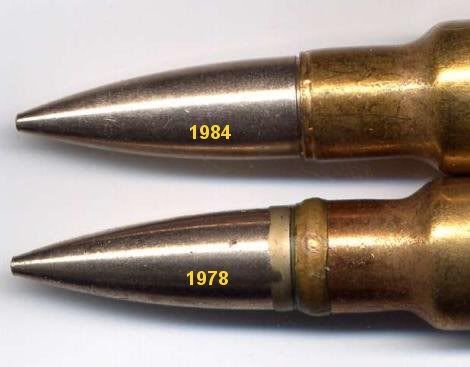Doug Bowser
New member
I had a guy bring a Savage Model 99 in .243 Win to my shop. He had a case head separation and it blew the buttstock off the rifle. He had some problems with extracting empty brass and he was oiling his ctg cases. It increased headspace due to increased bolt thrust. The field gauge would rattle in the chamber. He wanted me to re-barrel it and I refused. You could see the indentation in the locking surfaces in the rear of the receiver.
Model 94 in .32 Win Special. This rifle had been given a diet of maximum loads for about 16 years. I believe the headspace was excessive. He overloaded a round and the rifle blew up. The extractor hit him in the forehead and his face looked like a load of buckshot hit him. The bolt was jammed 1/4" out of battery and he rear of the ctg case was gone. It bulged both sidewalls of the receiver and blew the loading gate off the rifle. He also wanted me to re-barrel the rifle and I refused.
Model 1893 Spanish 7x57 rifle. brought in because the owner wanted to know what caliber it was. I told him it was a 7x57 Mauser. He said the guy where he bought it said it was a .308 Winchester. I tried to check the headspace and the gauge would not work. There was a ctg case in the chamber. I used a headless case remover and discovered a headless .308 case in the rifle. He said he fired the .308 in it. He had to beat the bolt closed to chamber the round. He also said it kicked like hell. I checked the headspace and it was in tolerance. I told him to use 7x57 ammo next time. I also checked the locking lug recesses for an signs of setback and there was no sign of it. So much for Spanish rifles being soft.
I wanted to relate these stories because I think we should all be forewarned about the dangers of reloading and doing things with rifles that are not recommended.
Doug Bowser
Model 94 in .32 Win Special. This rifle had been given a diet of maximum loads for about 16 years. I believe the headspace was excessive. He overloaded a round and the rifle blew up. The extractor hit him in the forehead and his face looked like a load of buckshot hit him. The bolt was jammed 1/4" out of battery and he rear of the ctg case was gone. It bulged both sidewalls of the receiver and blew the loading gate off the rifle. He also wanted me to re-barrel the rifle and I refused.
Model 1893 Spanish 7x57 rifle. brought in because the owner wanted to know what caliber it was. I told him it was a 7x57 Mauser. He said the guy where he bought it said it was a .308 Winchester. I tried to check the headspace and the gauge would not work. There was a ctg case in the chamber. I used a headless case remover and discovered a headless .308 case in the rifle. He said he fired the .308 in it. He had to beat the bolt closed to chamber the round. He also said it kicked like hell. I checked the headspace and it was in tolerance. I told him to use 7x57 ammo next time. I also checked the locking lug recesses for an signs of setback and there was no sign of it. So much for Spanish rifles being soft.
I wanted to relate these stories because I think we should all be forewarned about the dangers of reloading and doing things with rifles that are not recommended.
Doug Bowser


